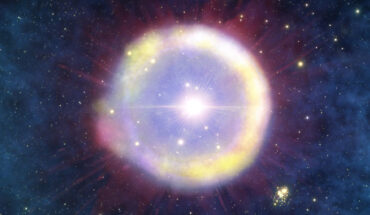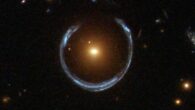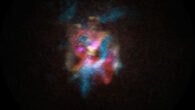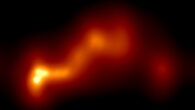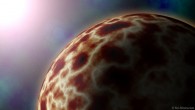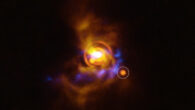In his new paper, Professor Jonathan Tan, an astrophysicist at the University of Virginia and the Chalmers University of Technology, proposes that Population III.1 supermassive stars were progenitors of supermassive black holes in the early Universe; high energy photons from the stars ionized the surrounding hydrogen gas far out into the pristine intergalactic medium, eventually engulfing a region that is millions of light-years in size; all supermassive...

